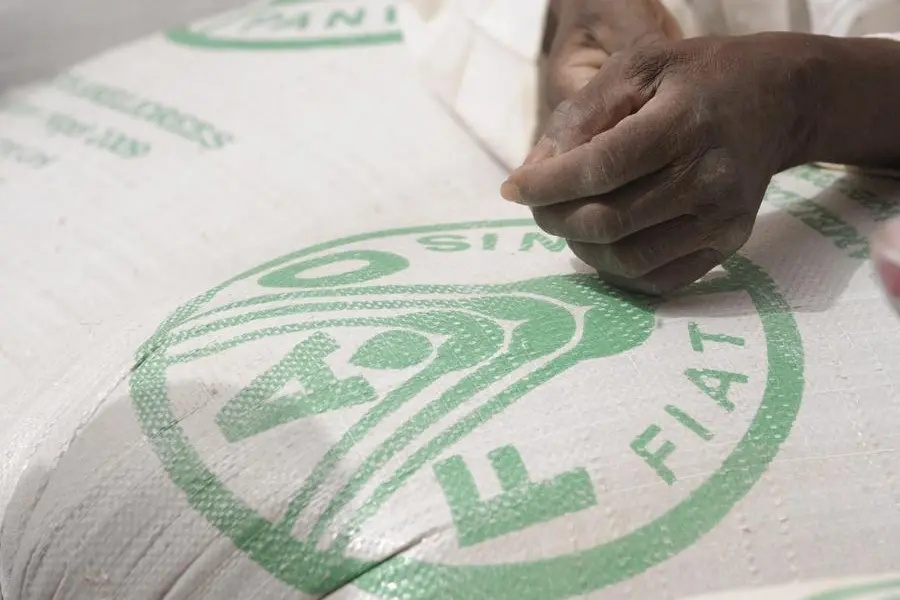Global food prices surge to 18-month high, FAO reports

Global food prices reached their highest levels in 18 months this October, driven primarily by a surge in the cost of vegetable oils and sugar, according to the latest data from the United Nations Food and Agriculture Organization (FAO).
The FAO Food Price Index, which tracks the monthly change in international prices of widely traded food commodities, rose 2% in October, reaching 127.4 points, up from a revised 124.9 points in September.
Compared to the same time last year, the index has jumped 5.5%, marking its highest level since April 2023.
However, it remains 20.5% below its record high of March 2022, a peak triggered by the onset of the Russia-Ukraine conflict.
“Every major category saw price increases except for meat,” the FAO stated.
“Vegetable oil prices experienced the steepest jump, climbing over 7% from the previous month due to growing concerns about palm oil production.”
Supply issues in key production regions were cited as a major factor behind the price surge.
Sugar prices, meanwhile, registered a more moderate increase of 2.6% in October.
The FAO attributed this rise to persistent concerns about Brazil’s production outlook for the 2024-2025 period.
In a separate report focusing on cereal production, the FAO slightly lowered its forecast for global cereal output in 2024.
The revised projection now stands at 2.848 billion tonnes, down from the previous estimate of 2.853 billion tonnes issued a month earlier.
While this represents a 0.4% decrease from last year’s production figures, the FAO noted that the forecast still marks the second-highest level of global cereal output ever recorded.
About The Author
dailymailafric
I am an avid African news observer, and an active member of Daily Mail Africa.
I’m Passionate about staying informed on diverse topics across the continent,
I actively contribute to publishing on political, economic and cultural developments in Africa.



